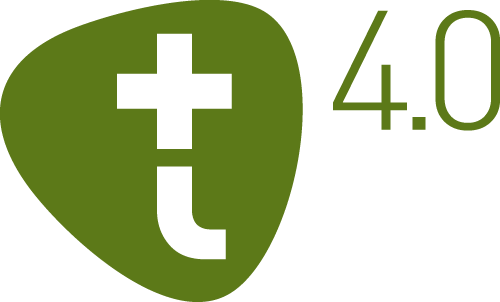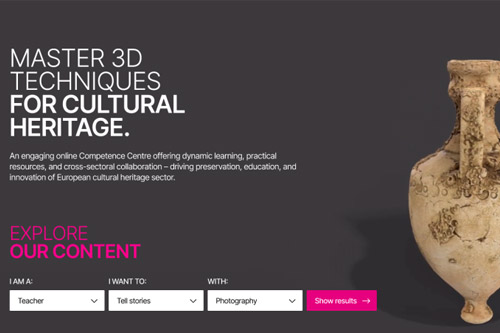collaboration
impact token
Collaboration Impact Token (CIT) is a crypto voucher based on blockchain technology which changes value in time and place with the aim to award positive behaviour and support the redirection of tourist FLOWS. CIT is based on a private blockchain network and cannot be traded. The obtained CIT tokens are stored by the user in the DOTI digital personal wallet, while part of the anonymised data related to transactions and the use of CIT is stored and processed in T4.0 Core.
Tourist flow management
Tourist destinations and local environments face many challenges during the tourist boom, both positive and negative. Comprehensive management of tourist destinations must promote sustainable and responsible behaviour of tourists and providers as well as take responsibility for reducing the negative effects of tourism and ensuring balanced development of each and every area of the destination.

Some tourist destinations are highly developed and due to advanced promotion (marketing, media, film production, etc.) they can even attract too many tourists (i.e. overtourism), while others despite similar potential do not reach a satisfying number of tourists. In order to achieve a balanced and sustainable development, tourist destinations need to manage their tourist flows. This includes diverting tourists from overcrowded destinations to the ones off the beaten path. In the case of the latter, it is essential to provide tourists with attractive experiences there. Moreover, with CIT, tourists can be rewarded for sustainable behaviour as well as their decision to choose the destination off the beaten path instead the overcrowded one.
Examples of CIT implementation at different levels
- The state government can motivate regions, destinations and tourist providers committed to become more sustainable. The primary issue of CIT tokens can be issued either upon entry into the country or as a supplement to the entrance fee for a tourist attraction (e.g. a national park). Mandatory purchase of CIT upon entering the busiest destinations of the season reduces the pressure and at the same time encourages tourists to use the obtained tokens in a less popular destination for attractions that have a positive tourism impact (e.g. museums, parks, theatres). In addition, recipients of CITs could redeem tokens, for example for the payment of contributions or taxes. What is more, state governments deciding to grant vouchers to support the recovery of tourism after the pandemic could use CITs and in turn gain an overview of tourist activities from the data collected as well as use them for managing tourist flows.
- The tourist community (destination, city, region) can use CIT to redirect tourist flows to less visited micro-locations (even outside its own territory). In this case, the primary emission and the value of tokens can be done in several ways.
- CIT values at the third, lowest level is set by tourism providers and local communities wishing to promote sustainable tourist behaviour (e.g. bicycle use, lower resource consumption, recycling) and the consumption of tourism experiences with a greater positive tourism impact. Here, too, the key is cooperation between stakeholders, who take advantage of the token portability and thus encourage the development of other stakeholders in tourism and the strengthening of the destination.












